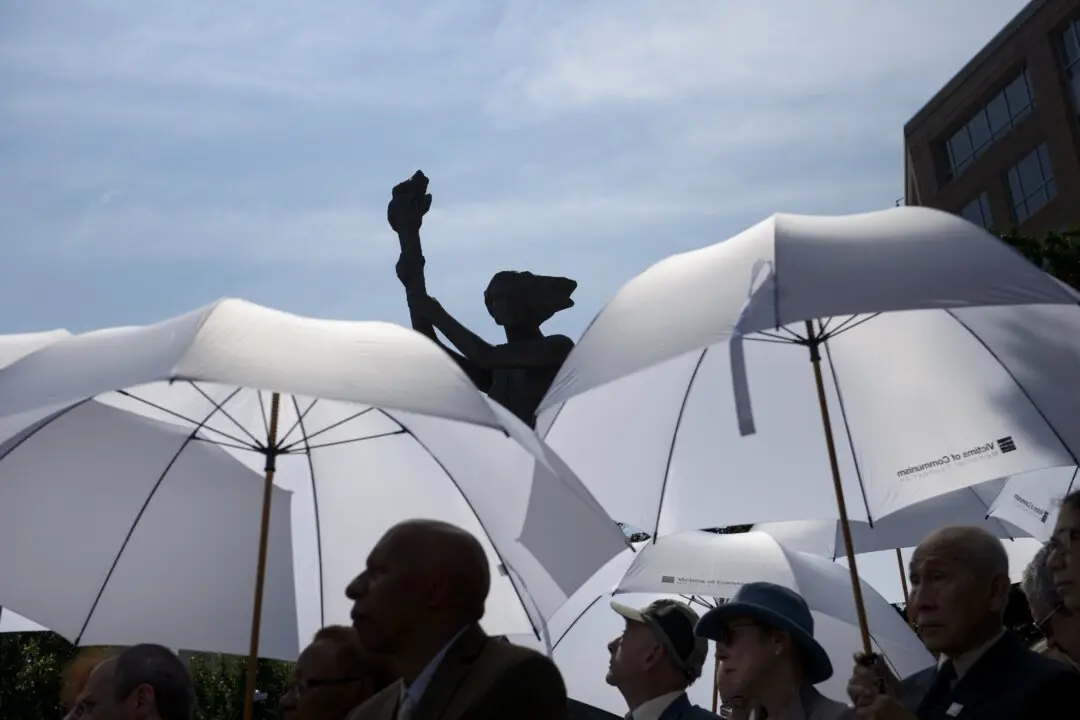C.S. Lewis’s trailblazing three-chapter essay “The Abolition of Man” uses fictitious figures with the Greek-Latin names of Gaius and Titius to skewer moral relativists of his day. His scathing critique unmasks their manifesto on morality as no more than a canon of convenience.
In the first chapter, “Men Without Chests,” Lewis likens a man’s chest to his morality, his belly to his passions, and his head to his intellect. It is morality—the chest—that gives nobility to man’s intellect, action, or labor, just as immorality or amorality give him notoriety.




